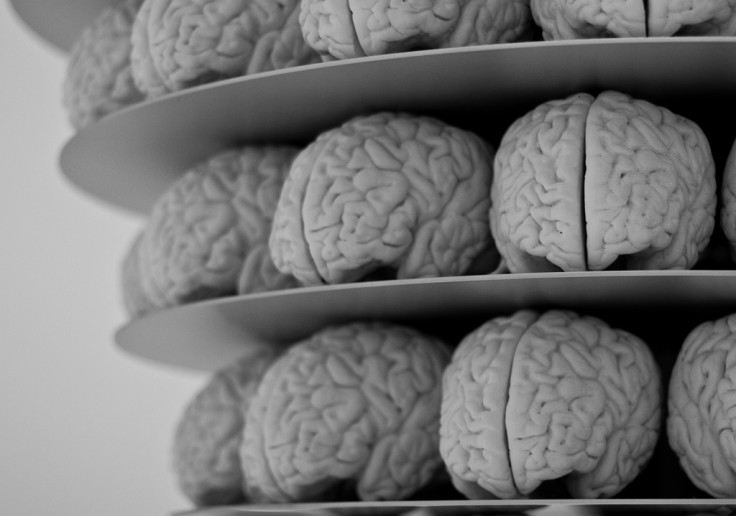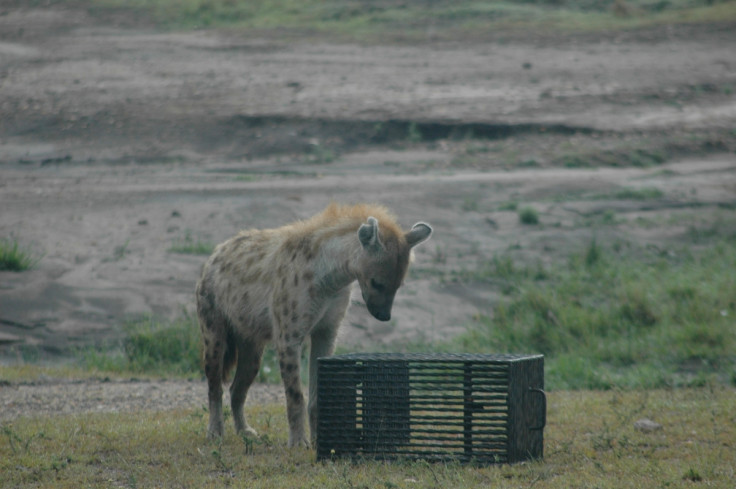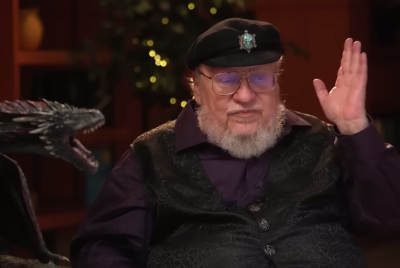Size matters: Brain size relative to body size indicates animal's ability to solve puzzles

Animals that have a bigger brain in proportion to their body size are better at solving problems, compared to those that do not. The theory that larger brain size to body size ratio means a 'more intelligent' species has now been confirmed.
A study published in Proceedings of the National Academy of Sciences has found that carnivores with a bigger brain size – comparatively to their body – are better at solving puzzles, indicating a more advanced cognitive ability. The study from the University of Wyoming used 39 different carnivore species to test the theory, by encouraging them to unlock a puzzle box with the promise of their favourite foods.
"This study offers a rare look at problem solving in carnivores," said Sarah Benson-Amram, lead author of the study. "The results provide important support for the claim that brain size reflects an animal's problem-solving abilities – and enhances our understanding of why larger brains evolved in some species,"

The research aimed to finally come to a firm decision on whether brain size really reflects an animal's cognitive ability – a controversial subject with little evidence to support either argument. To do that, researchers visited nine different zoos across the US to test the problem-solving capabilities of carnivores.
A total of 140 animals from 39 different species were tested. They were given a square cage with food inside, locked by a bolt which had to be slid across to open. Each species had their favourite foods locked away inside – for example, snow leopards had steak, whilst red pandas had bamboo.
The overall conclusion was that species with larger brains relative to their body size were more successful at retrieving the food than those with a smaller brain. In addition, the researchers found that bigger animals were worse at solving the puzzle than smaller animals.
"Overall, 35% of animals (49 individuals from 23 species) were successful in solving the problem," said Ben Dantzer, researcher on the study. "The bears were the most successful, solving the problem almost 70% of the time. Meerkats and mongooses were the least successful, with no individuals from their species solving the problem."
The scientists speculate that larger brains have evolved over time to deal with challenges in the social world – including their ability to obtain food and survive.
Humans have a brain to body mass ratio of around 1:40 – the same as mice, and also one of the lowest ratios of animals. Hippopotamus on the other hand, have a brain to body mass ratio of roughly 1:2789 – one of the biggest of all animals.
© Copyright IBTimes 2025. All rights reserved.






















